Former Deputy Minister of Foreign Affairs Ho Xuan Son, former Chairman of the National Border Committee, recalled his emotions at the time when Vietnam and China completed negotiations on land border demarcation and marker planting 25 years ago (2009), at a commemorative conference organized by the Ministry of Foreign Affairs this morning, August 2.
Mr. Son said that in April 1978, he and some people were sent by the State to study in Beijing, China. When the train passed Dong Dang station ( Lang Son ), he heard the story of a Vietnamese border guard being beaten and injured by Chinese soldiers in the border area.
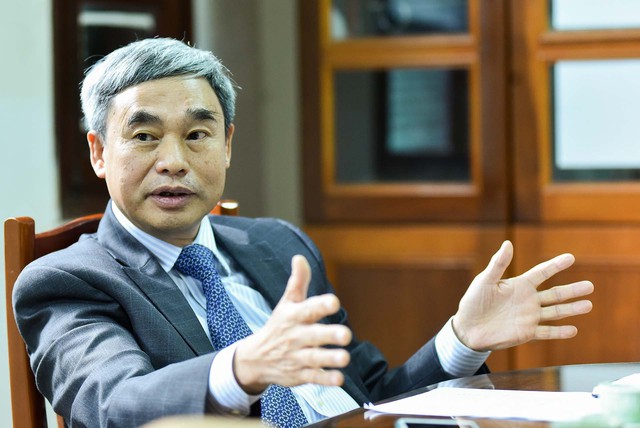
Former Deputy Minister of Foreign Affairs Ho Xuan Son
“I was really shocked, because this was the first time we had a border dispute with China. I understood that this was a time bomb in the relationship between Vietnam and China, both comrades and brothers,” Mr. Son recounted.
On August 26, 1978, Mr. Son worked as an interpreter for the head of the China Department to communicate with the Chinese Ambassador about the murder of border guard Le Dinh Chinh.
“From then on, I understood that the border is a barometer of the relationship between the two countries. That barometer is showing that the provocations and border encroachments on the Vietnam-China border are becoming increasingly tense, which means the Vietnam-China relationship is getting worse,” Mr. Son recalled, adding that by February 17, 1979, the provocations and border encroachments had exploded into a war along the entire border.
According to the former Deputy Minister of Foreign Affairs, immediately after normalizing relations, Vietnam and China urgently negotiated on the land border. By the end of 2008, among 289 disputed areas, there were 2 areas classified into one package: Ban Gioc waterfall and Bac Luan river mouth. Due to the negotiation process, "no one gave in", so they had to leave it for final settlement.
“On November 29, 2008, I joined the Prime Minister's delegation to the Bac Luan River mouth in Quang Ninh province. I remember the Prime Minister (former Prime Minister Nguyen Tan Dung - PV) said: Quang Ninh province has a prime location, a market of 200 million people (referring to the population of Guangdong, Guangxi, and Hainan provinces of China), Quang Ninh must strive to become a growth pole of the North. For a long time, the whole country has been for Quang Ninh. Now it is time for Quang Ninh to also be for the whole country. Tomorrow, the Party Central Committee will decide how to resolve the issue of Tuc Lam sandbank (one of the disputed points in the demarcation and planting of land border markers at the Bac Luan River mouth - PV). I hope that comrades will agree and support,” Mr. Son shared.
Mr. Son said that one month later, Vietnam and China negotiated in Hanoi. The two sides argued fiercely. At about 6 p.m. on December 31, 2008, the head of our delegation proposed to temporarily stop the negotiations to meet the press, declaring that the border demarcation and marker planting had been completed because it would have to be resolved by tonight anyway.
“After meeting the press, the two sides continued to negotiate until 2 a.m. on January 1, 2009, when they completed the Ban Gioc waterfall and Bac Luan river mouth package, marking the end of the demarcation and marker planting work along the entire Vietnam-China land border,” said Mr. Son.
“We raised our glasses to celebrate with tears in our eyes, thinking of the sacrifices of our compatriots and soldiers to have a peaceful border today.
We understand that without a good relationship between the two countries, the border issue cannot be resolved. But without a peaceful and friendly border, it is difficult to have a solid foundation for mutual trust to enhance cooperation and development. These two are closely intertwined and affect each other.
Former Deputy Minister of Foreign Affairs Ho Xuan Son
“As good as the time of President Ho Chi Minh and Chairman Mao Zedong”
Have Vietnam and China taken full advantage of a peaceful, friendly, cooperative and developed border? Mr. Ho Xuan Son said that, besides the great achievements, there are still some delays in implementing the common perception of high-ranking leaders on a number of cooperation projects in the border area.
He cited the “One Belt, Two Corridors” project, especially the connection between the Hai Phong – Hanoi – Lao Cai railway and the Hekou – Kunming railway, which was studied since 2005, but has not been implemented for 20 years. Meanwhile, in 2017, China completed the Nanning – Kunming – Fangcheng railway to the Gulf of Tonkin. In 2021, China completed the Kunming – Vientiane railway and will soon complete the Vientiane – Bangkok route to the sea.
Besides, the issue of cross-border economic zones in Lang Son and Cao Bang, or tourism cooperation at Ban Gioc waterfall (Cao Bang), or free movement of ships and boats in the Bac Luan estuary area were also raised quite early by leaders of both sides, but have not been able to be implemented yet.
“I suggest that on this anniversary, we should review where the above cooperation projects are stuck, what the causes are, how to resolve them, then discuss with the Chinese side to find solutions, in order to soon bring practical benefits to both sides,” Mr. Son suggested.
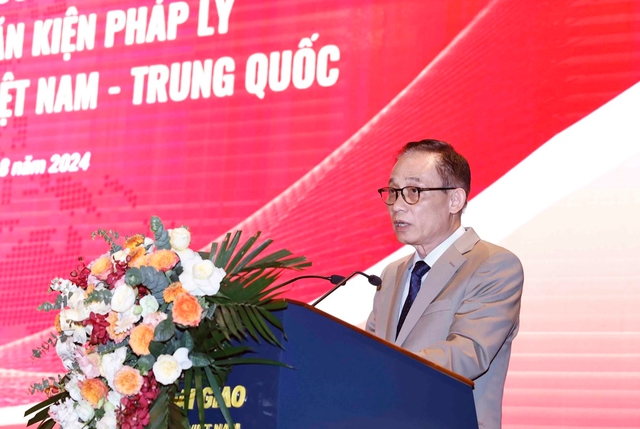
Head of the Central External Relations Commission Le Hoai Trung speaks at the conference
In his speech at the conference, Head of the Central External Relations Commission Le Hoai Trung also emphasized the importance of resolving border issues in the relationship between the two countries. “Solving the border well helps promote relations. Conversely, having good relations facilitates resolving border issues,” said Mr. Le Hoai Trung.
Mr. Trung emphasized that the Vietnam-China relationship is developing well. This is an extremely important condition to consolidate a peaceful, friendly, cooperative and developed border. “Senior Chinese leaders said that the current Vietnam-China relationship is as good as the time of President Ho Chi Minh and Chairman Mao Zedong,” Mr. Trung added.
Regarding the upcoming tasks, Mr. Trung emphasized the modernization of border gate management because there is still much work to be done. In addition, the Head of the Central Foreign Affairs Committee suggested seriously studying the Chinese side's proposals on border gates such as the issue of smart border gates, or tourism cooperation at Ban Gioc waterfall, Cao Bang province.
These are also issues proposed by the National Border Committee, Ministry of Foreign Affairs. This agency proposed that the Government allocate capital to increase investment in building border patrol roads, monitoring and protection works, and border markers.
At the same time, invest in transport infrastructure connecting border areas with the inland, develop railway and road transport systems connecting across the Vietnam-China border, and infrastructure in border gate areas, turning the Vietnam-China border area into a gateway for trade between China and ASEAN.
In addition, modernize and digitize border and border gate management; upgrade equipment serving the work of border management forces in the field.
Regarding tourism cooperation at Ban Gioc waterfall, this agency proposed that the People's Committee of Cao Bang province actively discuss and coordinate with the Chinese side to continue the pilot operation of the Ban Gioc waterfall landscape area. At the same time, propose and agree on the plan and direction for the official operation of the Ban Gioc waterfall landscape area, after the pilot operation ends on September 15.
Thanhnien.vn
Source: https://thanhnien.vn/cuoc-dam-phan-toi-2-gio-sang-ve-bien-gioi-dat-lien-viet-trung-185240802121334507.htm


![[Photo] "Ship graveyard" on Xuan Dai Bay](https://vphoto.vietnam.vn/thumb/1200x675/vietnam/resource/IMAGE/2025/11/08/1762577162805_ndo_br_tb5-jpg.webp)




![[Photo] Heavy damage after storm No. 13 in Song Cau ward, Dak Lak province](https://vphoto.vietnam.vn/thumb/1200x675/vietnam/resource/IMAGE/2025/11/08/1762574759594_img-0541-7441-jpg.webp)
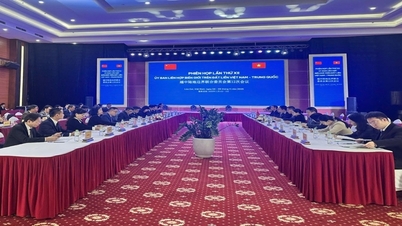



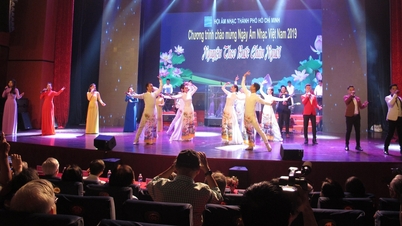

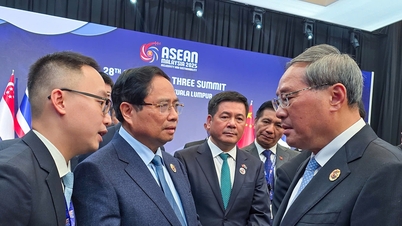

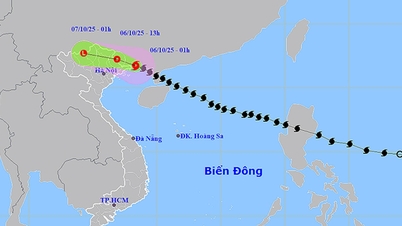




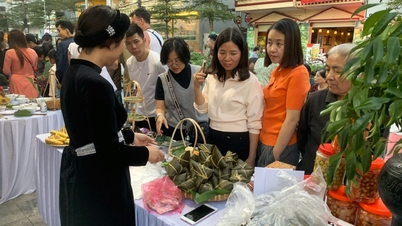
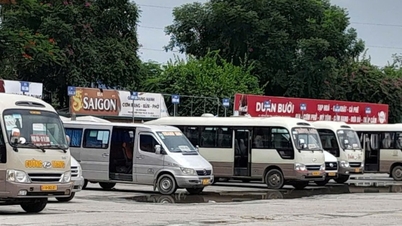



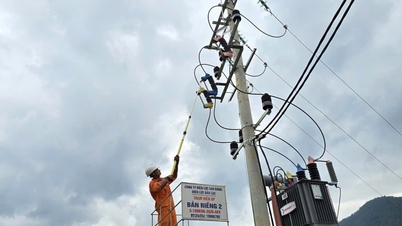


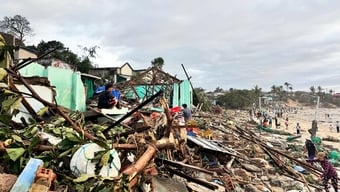

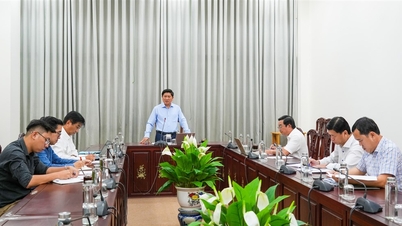





![[Video] Hue Monuments reopen to welcome visitors](https://vphoto.vietnam.vn/thumb/402x226/vietnam/resource/IMAGE/2025/11/05/1762301089171_dung01-05-43-09still013-jpg.webp)



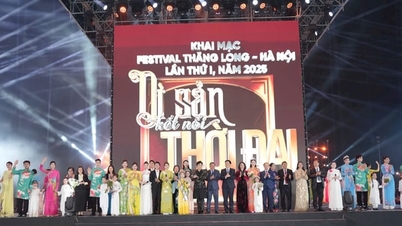


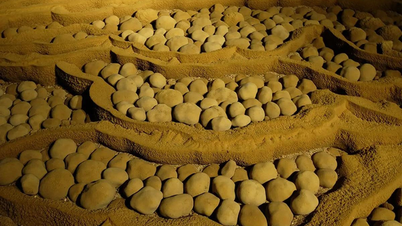



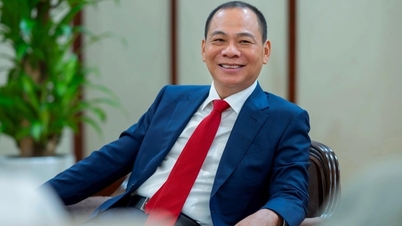



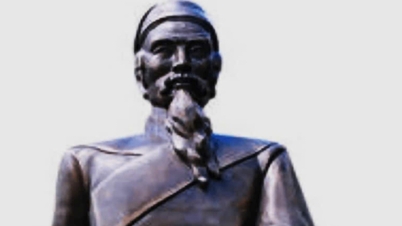

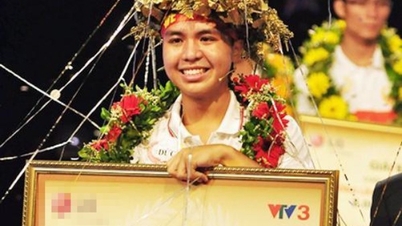







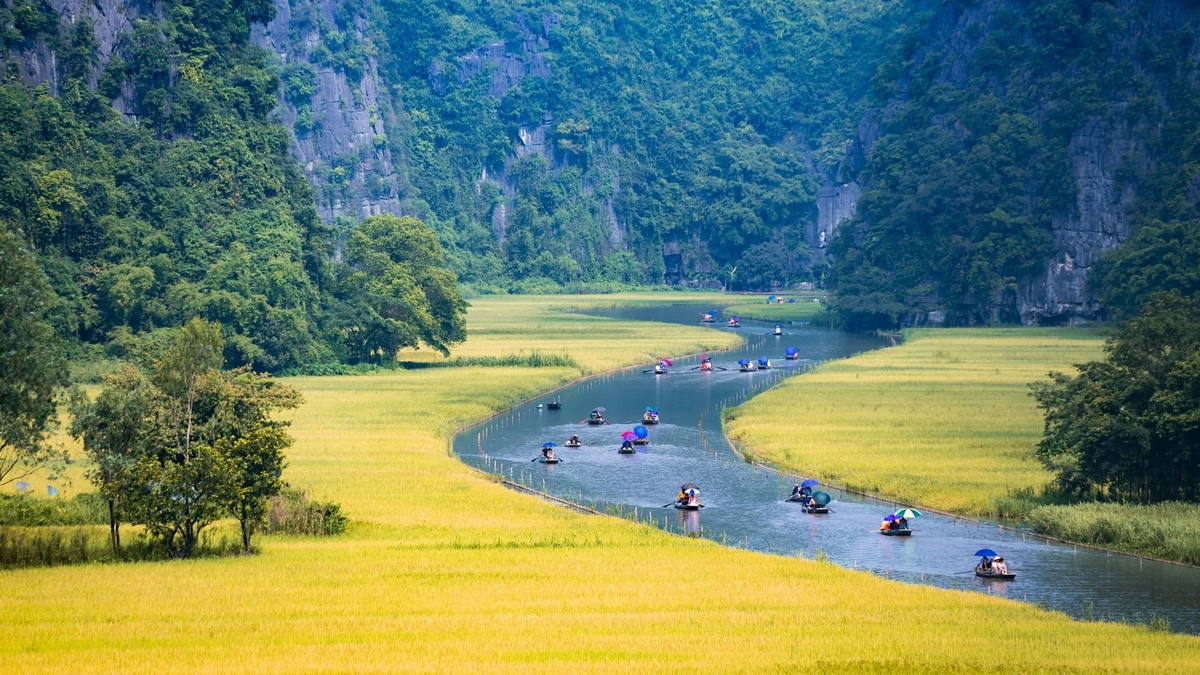








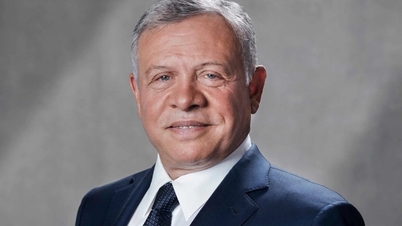
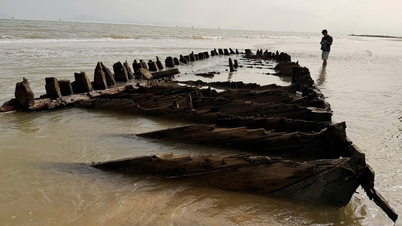
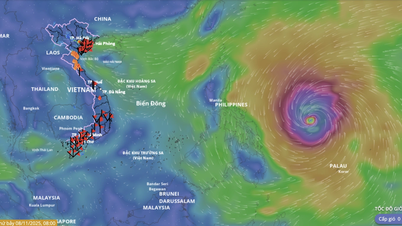
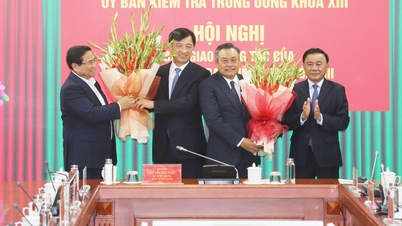

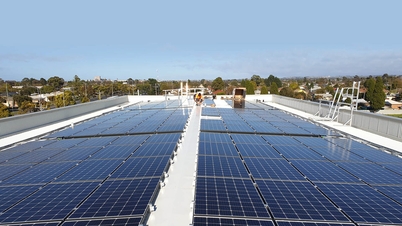



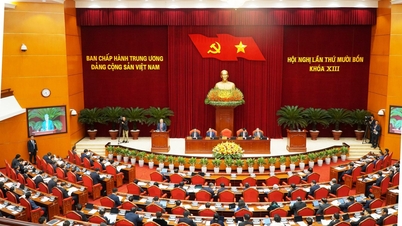
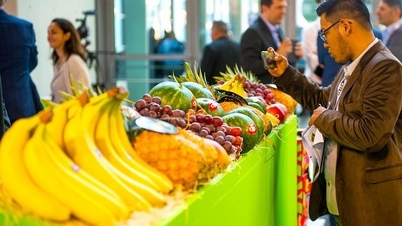





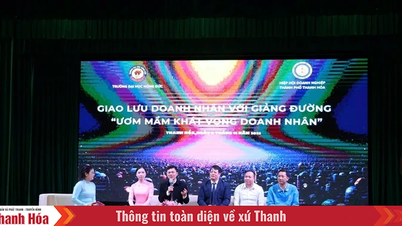

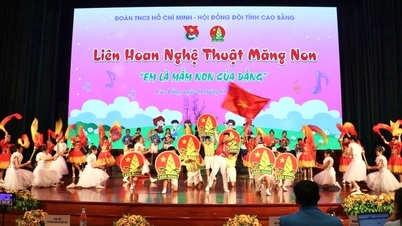


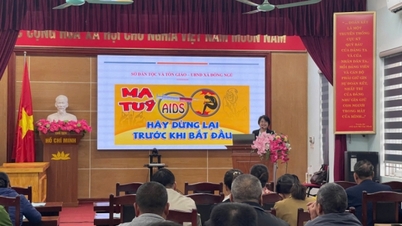












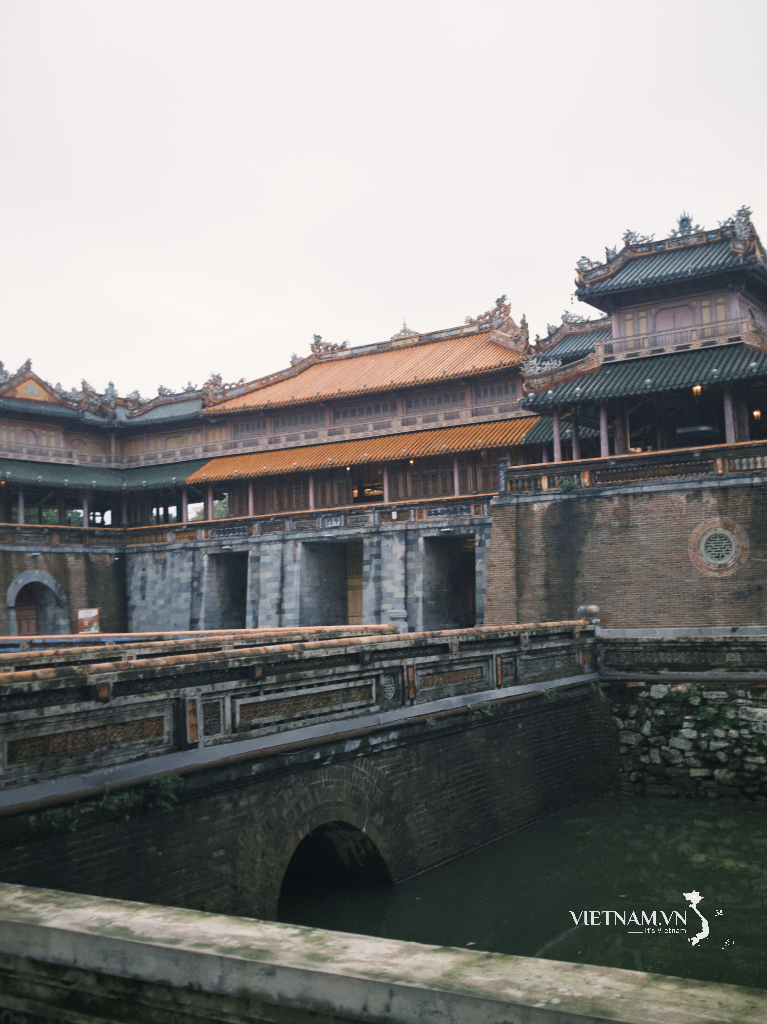



Comment (0)